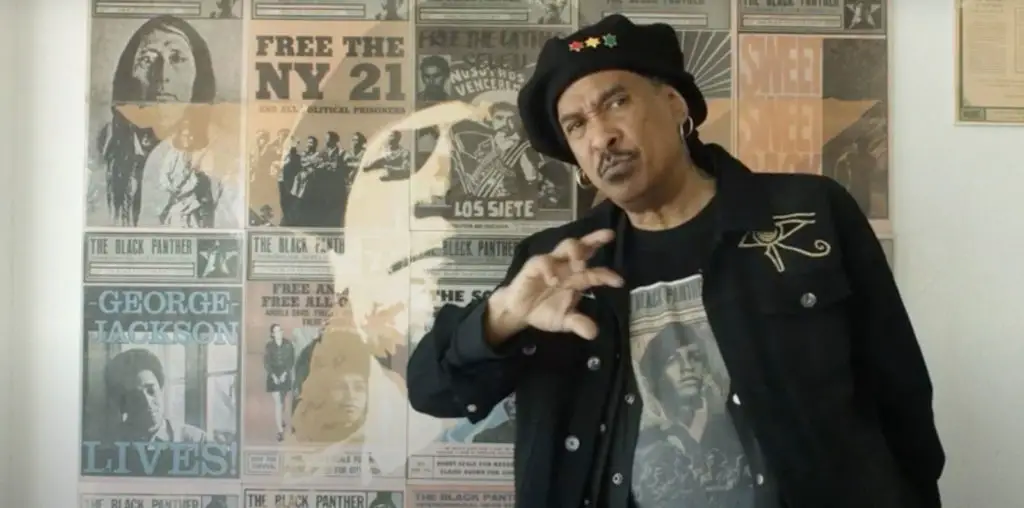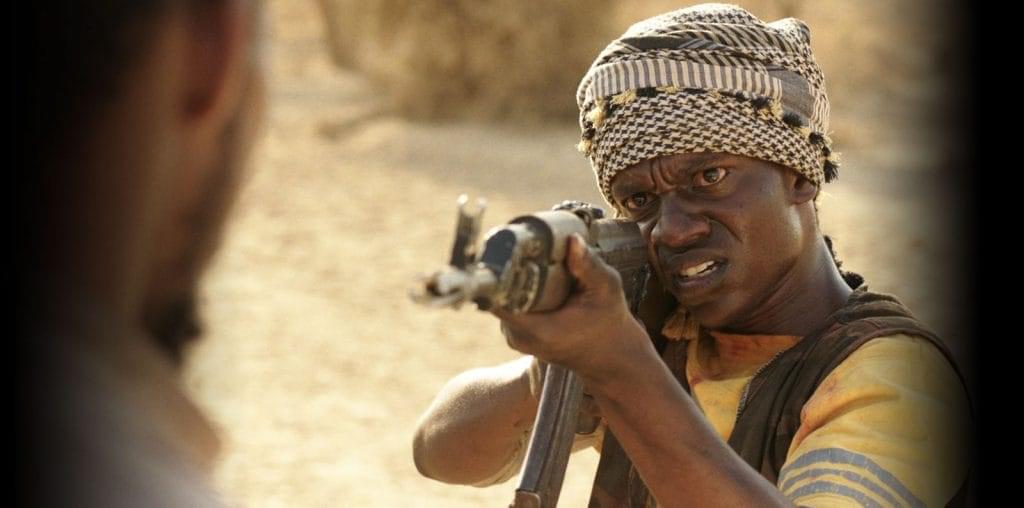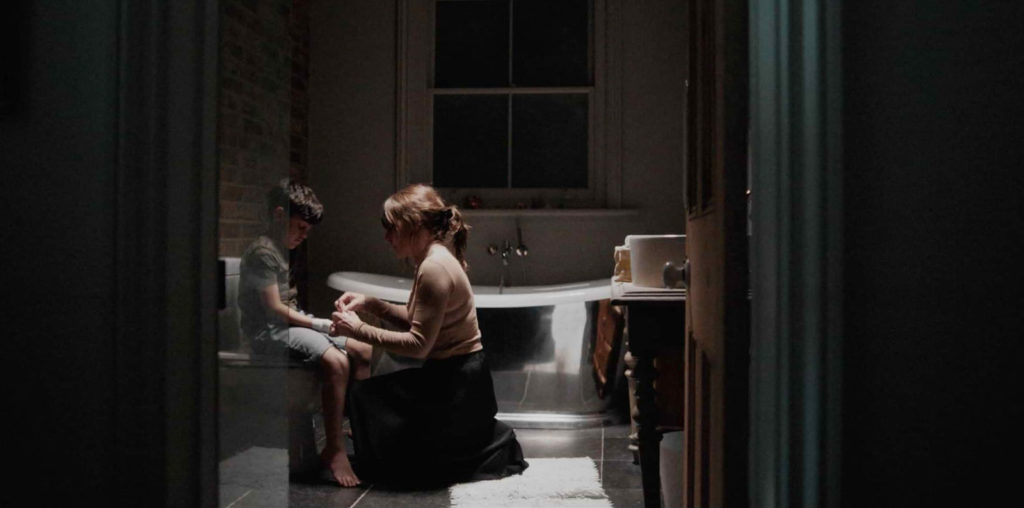
We expect children’s fantasy tales to be about alternate worlds. The early Saturday-afternoon serials solidified this tradition, and once “Star Wars” had come along, the genre would never die. The otherworld children’s journey remains strong today (its flight captain often the cartoonish Brendan Fraser), with visual invention and effects mastery making it all the more desirable. Even the recent “WALL-E” uses the classical impulse for an ironic, whimsical science fiction journey.
As fun as the strange worlds may be, fantasy based on the everyday has a certain fondness about it. These tales are based on a child’s ability to look to the setting around them and, instead of daydreaming another world, see the mundane grow, transform into a playful landscape. The forgotten “Honey, I Shrunk the Kids” from 1989 – which, believe it or not, was dreamed up by a team including “Re-Animator’s” Stuart Gordon and Bryan Yuzna – lets the world grow large through the “Incredible Shrinking Man” mad science device. Regardless, it’s a playful adventure, made through a kid’s perspective. Spielberg, a fantastist much of the time, conceived his first take on “Peter Pan” as “The Goonies” (1985), in which a rag-tag gang of kids doesn’t board a spaceship (as do Joe Dante’s “Explorers” from the same year, or far worse, the kids in 1986’s “Space Camp”) but take a very curious nature-walk. The ordinary world turns into an imaginative playground in these films, showing the youthful impulse for the mind to wander before it settles into literalness in maturity.
“Cloudy with a Chance of Meatballs,” based on a popular 1978 book written by Judi Barrett and illustrated by Ron Barrett, uses two everyday elements to fuel a children’s whimsical tale: food (always on the verge of turning into a toy) and chemistry sets. Flint Lockwood (voiced by Bill Hader), a budding young scientist, avoids dutiful work for his dad in a depressed yet lovable sardine-producing community. Instead, Flint devises the means to create other foods – not such an amazing feat to kids in the audience, since parents’ cooking does the same with the help of supermarkets.
But when his machine blasts into the clouds by accident, and the sky begins hailing burgers, a coating of spaghetti, and anything else on order, the magic happens. The film’s design, not to be missed in 3D, maintains a storybook style while transcending it. A strange world appears from a sleepy town via the products of the kitchen, and the transformation brings surprising humor in lieu of just a prolonged food fight. The fantastic journey stems from the kids’ housebound daydreaming – dinner time is inescapable, after all.
Clint takes quite a journey, becoming the town’s new star – dethroning a now-grown baby sardine spokesman – as it sees an economic boom as a new tourist spot. The film touches on economic anxieties, as does a very different film from this summer, Sam Raimi’s “Drag Me To Hell”; as with that film, “Meatballs” doesn’t exploit it at all. The element is a little wink to the parents, as are a tasteful helping of allusions flying over the kids’ heads.
Honing close to the classic Hollywood paradigm, “Meatballs” brings Clint’s journey to a crisis, when his satellite of a food-raining device malfunctions, ready to produce the perfect calorie storm. This film’s practically required to touch upon gluttony and obesity, which it does lightly, with class – though the town’s cart-riding pigface, the Mayor, is voiced by camp-master Bruce Campbell, and he makes the spoken role a delight. (Also look out for Mr. T as a cop!) The film’s more concerned with a giddy adventure bound to a small town. Wise and respectful of its audience, “Cloudy” thus never stops the fun.


